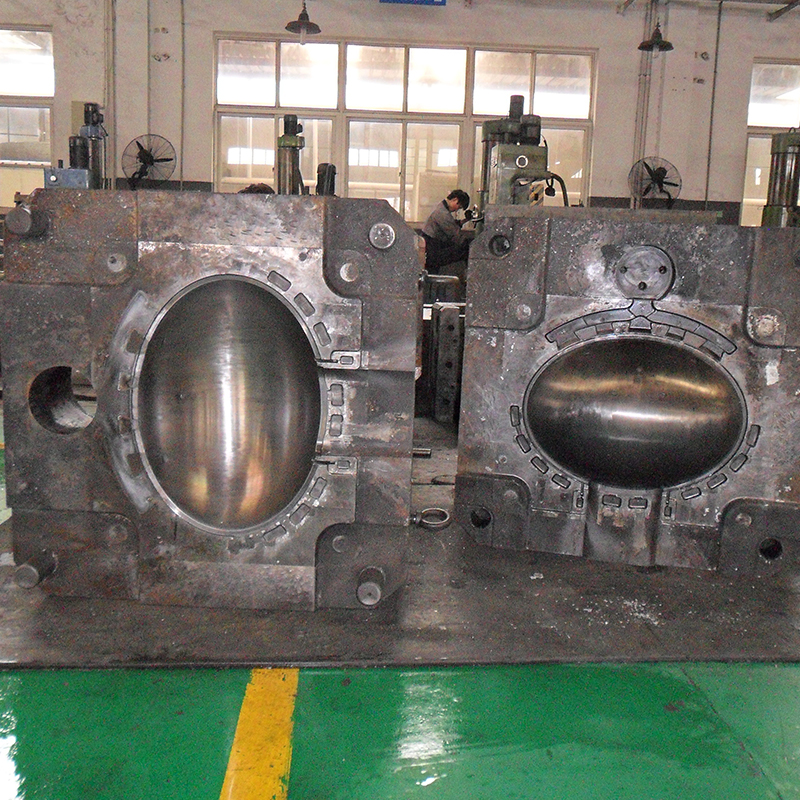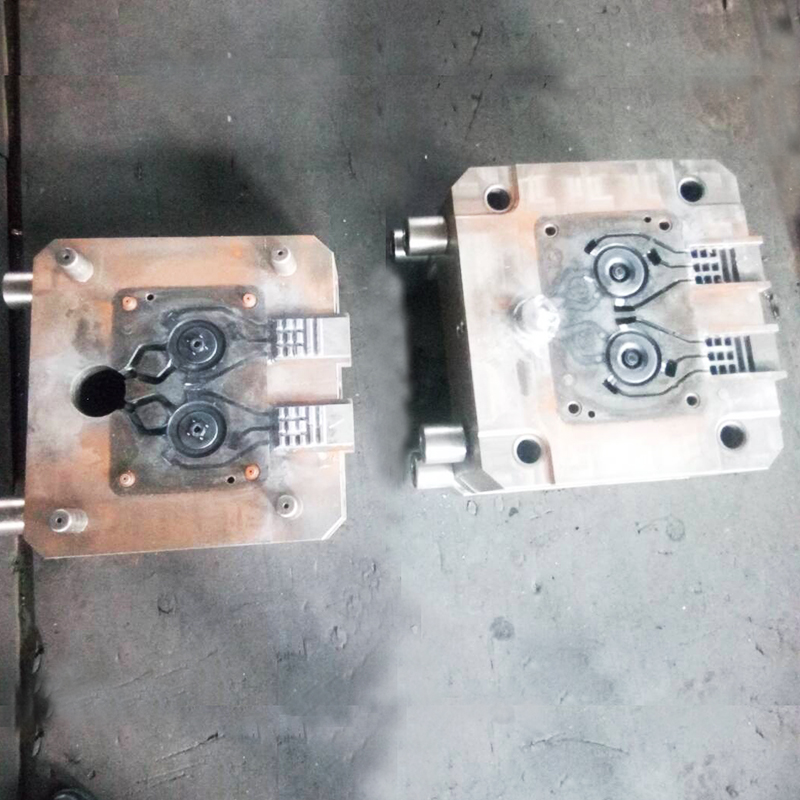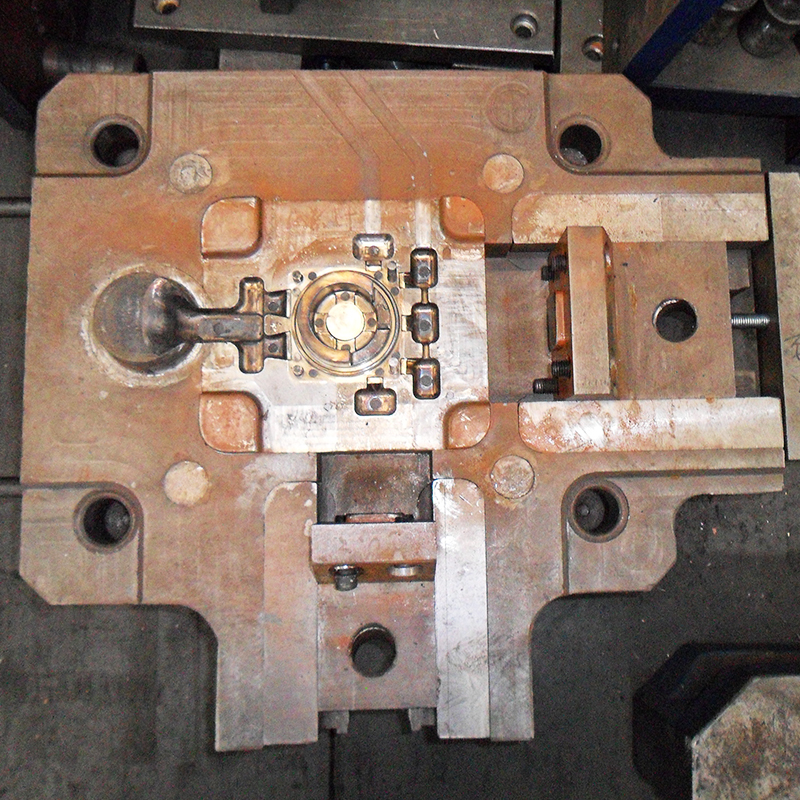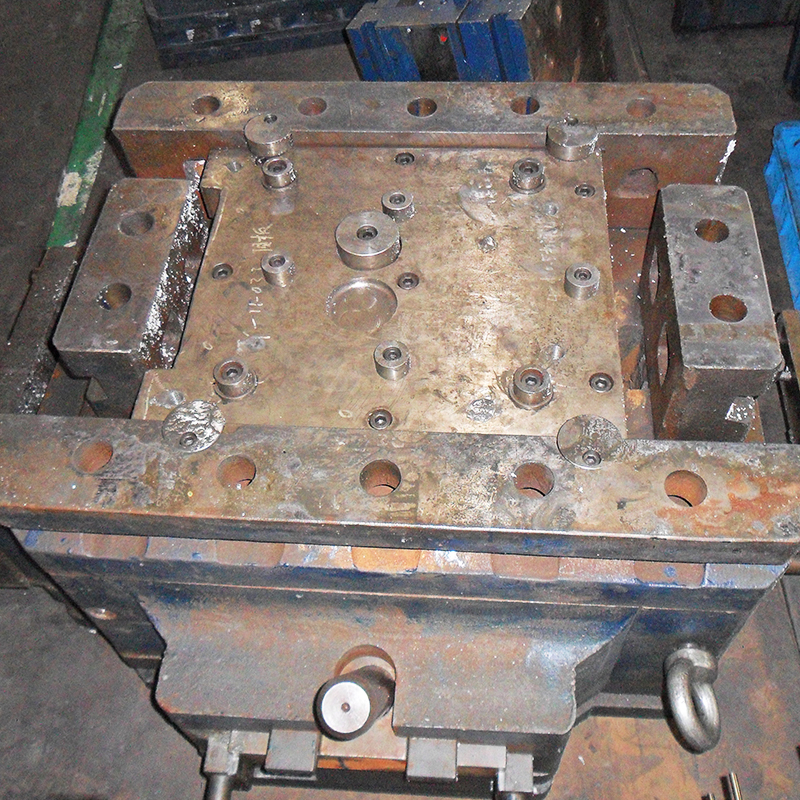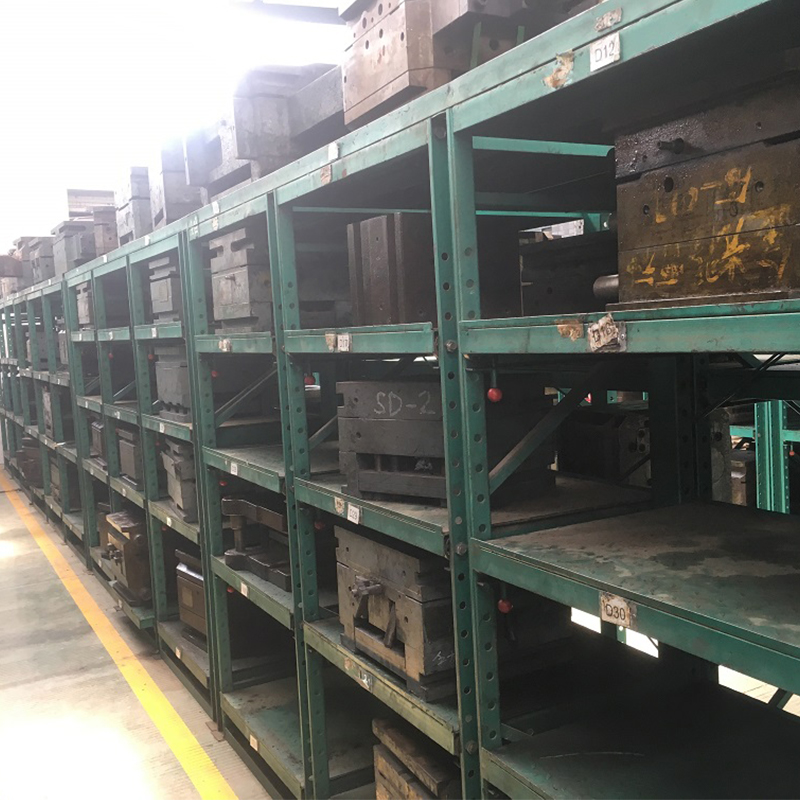Sep 26, 2022
Die Casting Molds Basic Performance Requirements
1. high temperature strength and toughness
Die casting mold is easy to deform and even crack due to high temperature, high pressure and thermal stress when molten metal is injected. Therefore, the die material should have sufficient high temperature strength and toughness at the working temperature, as well as higher hardness, which is the general and most important requirement for the die casting company.
2. Excellent high-temperature wear resistance, oxidation resistance and tempering resistance
When the high-temperature molten metal is injected into the mold at a high speed and demoulded after casting, it has a greater friction effect. To ensure the long-term use of the mold, the mold should have a higher wear resistance at the working temperature. A large number of continuously produced die-casting dies shall keep their high hardness under the action of a certain temperature for a long time, and shall not stick to the die and produce oxide skin. Therefore, the die should also have good oxidation resistance and tempering stability. For die casting companies, die sticking is to a large extent a high incidence area of undesirable products.
3. Good thermal fatigue performance
The surface of the die casting die is repeatedly heated and cooled by high temperature, constantly expanding and shrinking, generating alternating thermal stress. When this stress exceeds the elastic limit of the die material, repeated plastic deformation occurs, causing thermal fatigue. At the same time, the mold surface is corroded and oxidized by molten metal for a long time, which will also gradually produce micro cracks. In most cases, thermal fatigue is the most important factor determining the life of the die casting mold. If the thermal fatigue problem is handled properly, the die casting company will not have the embarrassment of half the order and die scrapping.
4. High resistance to melting damage
With the enlargement of the die-casting machine, the die-casting pressure is also increasing, from 20~30MPa for low pressure to 150~500MPa for high pressure. High temperature and high pressure casting can produce obvious melting damage, and the mold should have greater resistance to this. For this reason, the mold material must have a high temperature strength, a small affinity for molten metal, a small roughness of the mold, and be attached with appropriate protective layers such as oxidation mold and nitriding layer, without decarburization layer.
5. Good hardenability, small heat treatment deformation
Generally, the manufacturing method of die casting die is to carve the cavity with the annealed die material, and then heat treat it to obtain the required hardness, or heat treat the die material to obtain the required hardness, and then carve the cavity. The manufacturing method of carving cavity before heat treatment has high hardness and strength, and is not easy to produce melting loss and thermal fatigue. No matter which method is used for heat treatment, it is necessary to obtain uniform hardness. Therefore, it is required to have good hardenability, especially when the cavity is carved first and then the heat treatment is carried out. Materials with small deformation should be used for heat treatment, which is particularly important for molds with large size.
6. Good machinability and grindability
Die casting mold cavity is made by cutting, so the mold material should have good machinability. It must be pointed out that materials with good wear resistance have generally poor chipping performance. This is the case for many die steels. Although in the annealed state, the base part is still hard. In addition to hard carbide, it is generally difficult to cut.
In order to obtain a smooth die casting, the surface roughness of the die cavity is required to be small, so the die material should also have a good polishing performance.
7. The internal organization of the material is free of impurities and defects
The structure of the die material shall be uniform, free of defects and less directivity. If there are impurities, they will not only affect the crack, strength and thermal fatigue performance of the die, but also affect the heat treatment deformation.
Ningbo Fuerd was founded in 1987, is leading full-service die Casting Tooling, aluminum die casting, zinc die casting, Gravity casting manufacturer. We are a solution provider offering a wide array of capabilities and services that include engineering support, designing, molds, complex CNC machining, impregnation, tumbling, chrome, powder coating, polishing, assembly and other finishing services. We will work with you as partners not just suppliers.
NINGBO FUERD MECHANICAL CO., LTD
Website: https://www.fuerd.com

